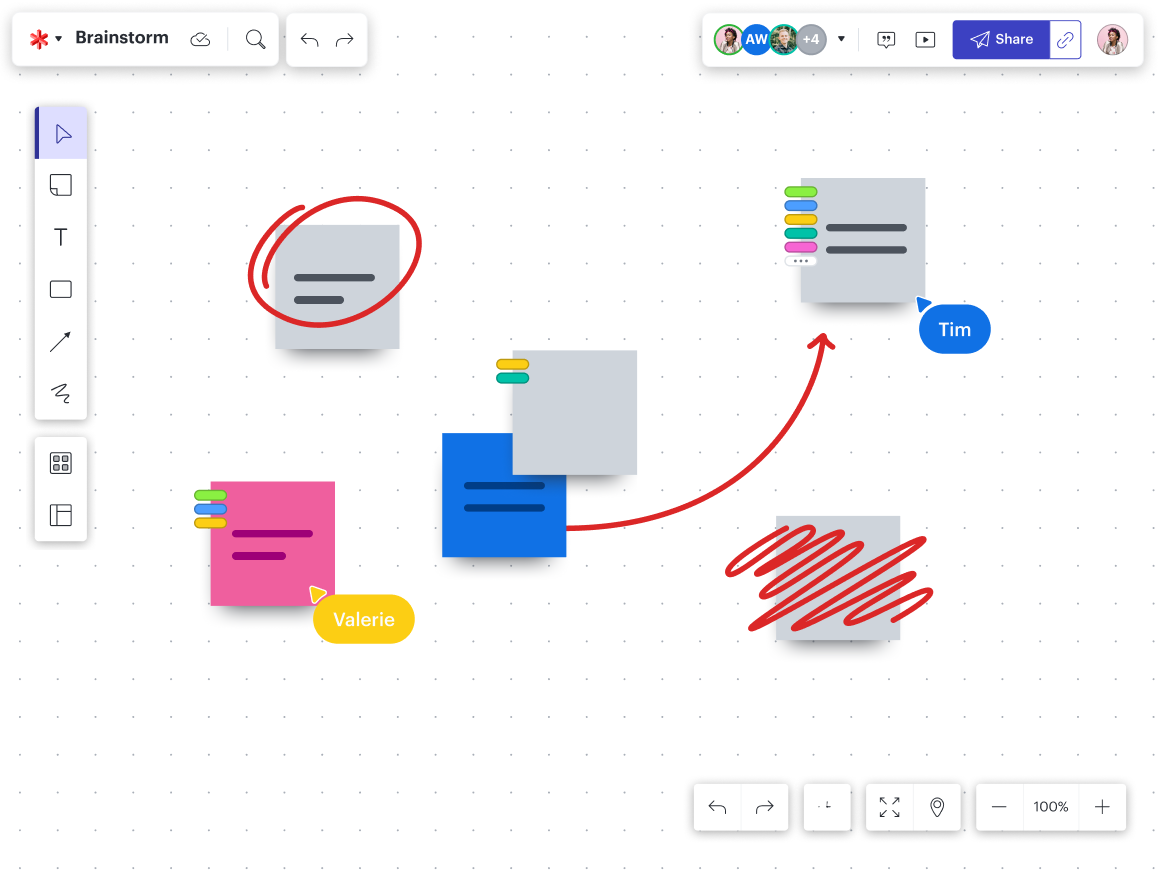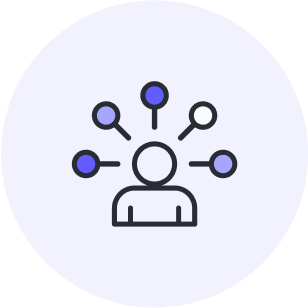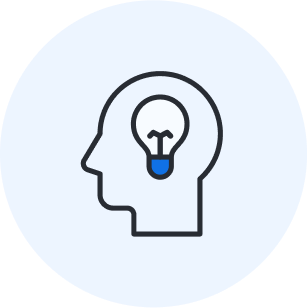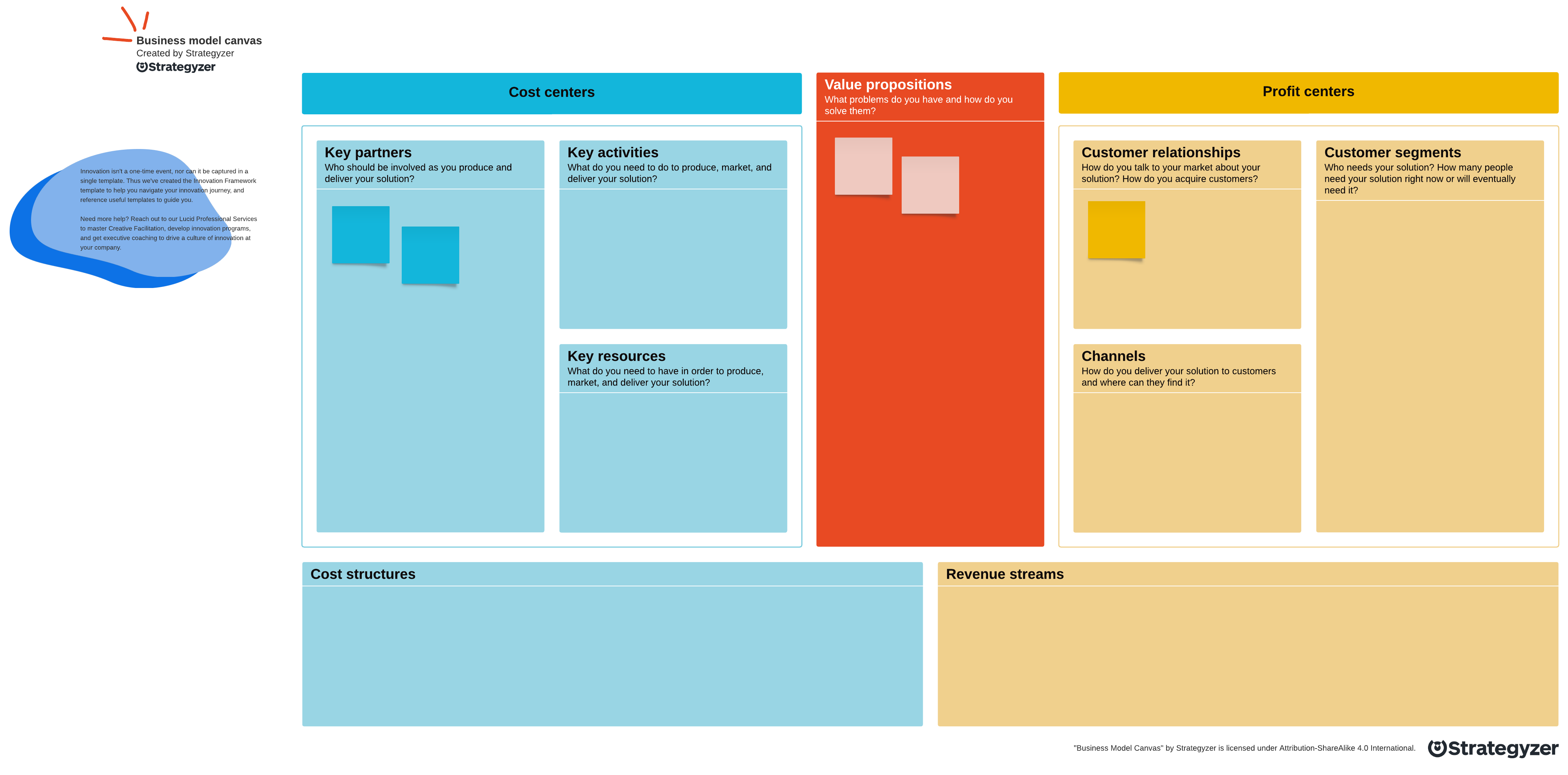
How business agility transformation can help your bottom line (+ tips for success)
Reading time: about 6 min
Topics:
In the business world, change is the only constant. And in the age of software—with new products and approaches disrupting the status quo with greater frequency than ever before—companies that can't change with the times will become obsolete.
Unfortunately, many companies are still operating on old, outdated organizational models, using rigid, top-heavy management styles in a world that increasingly demands flexible performance. By relying on these old models, companies not only miss out on opportunities to disrupt the market, but they often fail to meet the needs of the people their entire business is supposedly designed to serve: the customer.
Luckily, there's a better way to do things, and it’s called business agility.
What is business agility?
Business agility is the organizational capability to respond effectively and efficiently to market, customer, environmental, and other changes. It applies the basic concepts of Agile (responsiveness, flexibility, iteration, collaboration, and more) to all aspects of a business—the culture, strategy, operations, and leadership.
The goal of business agility transformation is to continuously meet (or exceed) customer needs through ongoing experimentation and adaption.
The benefits of business agility
Business agility transformation can help companies build lean, innovative systems. As a result, business agility allows organizations to:
- Adapt quickly to market changes without losing their long-term vision and strategy.
- Cut costs without cutting quality.
- Decentralize decision-making while centering their customers.
Business agility allows companies to see disruptions not as threats but as opportunities to better meet customer needs and compete in a changing market.
Tips for a successful business agility transformation
What agile business strategies are needed to meet customer needs in a changing world? Let’s dive in.
Tip #1: Make business agility part of your company-wide culture
Many businesses know that they need to adopt new approaches to survive and flourish. But many bring old blueprints to the table, relying on the system's success that got them to where they are instead of focusing on what they need to succeed going forward.
To fully reap the benefits of business agility, companies need to make changes at the level of culture. Many of today's business executives honed their craft in a very different market environment, where hierarchy, bureaucracy, and long-term strategy ruled the day.
But to respond quickly to shifting market challenges and truly meet modern-day customer needs, company executives need to use their leadership to empower people at every level of the company to spot challenges and self-organize to solve them.
To do this, it helps to look at what made the company successful in its early days. New businesses are often defined by passion, cross-functional collaboration, and loose roles that allow for communication and creativity. As the company grows, it loses some of this spontaneity in favor of replicable, clear, and effective protocols.
But companies don't have to sacrifice one for the other. Agility in business will keep the helpful parts of the old system—stability and expertise—while adding the flexibility and innovation of a more entrepreneurial approach.
The most important thing is that the change occurs company-wide, pulling in every player in every department to create a culture of continual learning, growth, and adaptability.

Change management guide
Learn how to help your organization adapt to new, agile ways of working with our comprehensive guide.
Get the guideTip #2: Self-organize for success
Unlike traditional companies, which organize around titles and departments, agile businesses rely on self-organizing teams full of passionate individuals with a wide range of interests and expertise.
When a challenge arises, anyone in the company—from HR to product development—can form an impromptu team to address the issue using a wide range of relevant skill sets. This enables teams to solve problems quickly and flexiblely, bringing cross-team creativity to bear on novel or long-standing challenges.
Once the issue is resolved, team members can go back to their departments until the next challenge inspires them—but this time, they are armed with more intra-office contacts, leadership skills, and fresh problem-solving perspectives.
You’ll need a way to bring cross-functional teammates together for this to work. One way to help connect teams is through visual collaboration. With visual collaboration, teams across the business can work together on a shared canvas to brainstorm ideas, solve problems, and make strategic decisions.

Plus, when teams collaborate visually, they naturally create a record of ideas, plans, systems, and more. This single source of truth gives teams the context they need to align, avoid past mistakes, and even pivot course.

Traditional vs. Agile leadership
Learn how to become an Agile leader—that is, a leader who inspires, motivates, and empowers everyone in the org to do their best work.
Learn moreTip #3: Instill agility at every level
To achieve maximum agility, companies need to reimagine their traditional structures and teams at every stage of the product development process, taking their customers' cues all the while.
Agile technical teams of cross-functional employees can develop proactive, fast-acting solutions to market disruptions under more permanent leadership teams that provide them with information, best practices, and general vision and strategy to guide their decisions.
On the product side of things, agile product delivery allows teams to create novel solutions to customer needs, building continuous delivery pipelines that address customer needs as they arise. Finally, agile strategy and investment ensure that the whole portfolio is focused on what customers most need and the funding and programs required to achieve it.
Product managers can play an especially key role in this process, using their hard-earned data to provide all decision-makers with relevant information. And they can use their own experiences of learning through trial and error to revive a culture of experimentation and entrepreneurship that is often lacking in traditional workplaces. Finally, they can help cross-functional teams zero in on their goals and develop feasible plans to execute them, shepherding different departments toward a common, achievable goal.

How to use Agile for every team
Learn how Agile works for non-tech teams so you can instill agility on product teams, finance teams, and more.
Read moreTip #4: Build a business agility model
An agile business plan is one that helps you plan, evaluate, and test assumptions about your business quickly, so you can stay flexible and productive amid unpredictable changes. Essentially, a good agile business model gives you a bird’s-eye view of your business’ processes, strengths, gaps, and next steps to drive innovation, agility, and collaboration across your organization.
How do you build a business agility model?

Visualization tools like a business model canvas give you a digestible, one-page overview of how all the pieces in your business come together so you can identify gaps in your processes and opportunities to improve business agility. With this centralized organizational clarity, you can identify which areas of your business are more flexible and where you can implement more agile processes.
While your priorities and investments may shift across this model as needs and situations arise, a business agility model ensures that you remain flexibly rooted and aligned to overall strategic goals even as your business model and processes evolve.

Learn more about how to adopt business agility practices at your organization with the free e-book.
Get the guideAbout Lucid
Lucid Software is the leader in visual collaboration and work acceleration, helping teams see and build the future by turning ideas into reality. Its products include the Lucid Visual Collaboration Suite (Lucidchart and Lucidspark) and airfocus. The Lucid Visual Collaboration Suite, combined with powerful accelerators for business agility, cloud, and process transformation, empowers organizations to streamline work, foster alignment, and drive business transformation at scale. airfocus, an AI-powered product management and roadmapping platform, extends these capabilities by helping teams prioritize work, define product strategy, and align execution with business goals. The most used work acceleration platform by the Fortune 500, Lucid's solutions are trusted by more than 100 million users across enterprises worldwide, including Google, GE, and NBC Universal. Lucid partners with leaders such as Google, Atlassian, and Microsoft, and has received numerous awards for its products, growth, and workplace culture.
Related articles
The real impact of business complexity (with tips to create clarity)
Businesses are more complex than ever before. What’s really causing this complexity—and how can organizations take steps to clarify it?
4 reasons your agile transformation strategy is falling short
Leading an agile transformation is no easy feat—and many fall short. What's holding organizations back? In this blog, we'll explore four common challenges.
Agile for non-tech teams: How Agile for non-software projects works
Curious how Agile works for non-tech teams? Check out our examples and learn more about embracing Agile across your entire organization.
How to use Lucid’s business transformation framework (+ templates)
Get tactical tips and templates for each stage of business transformation.
